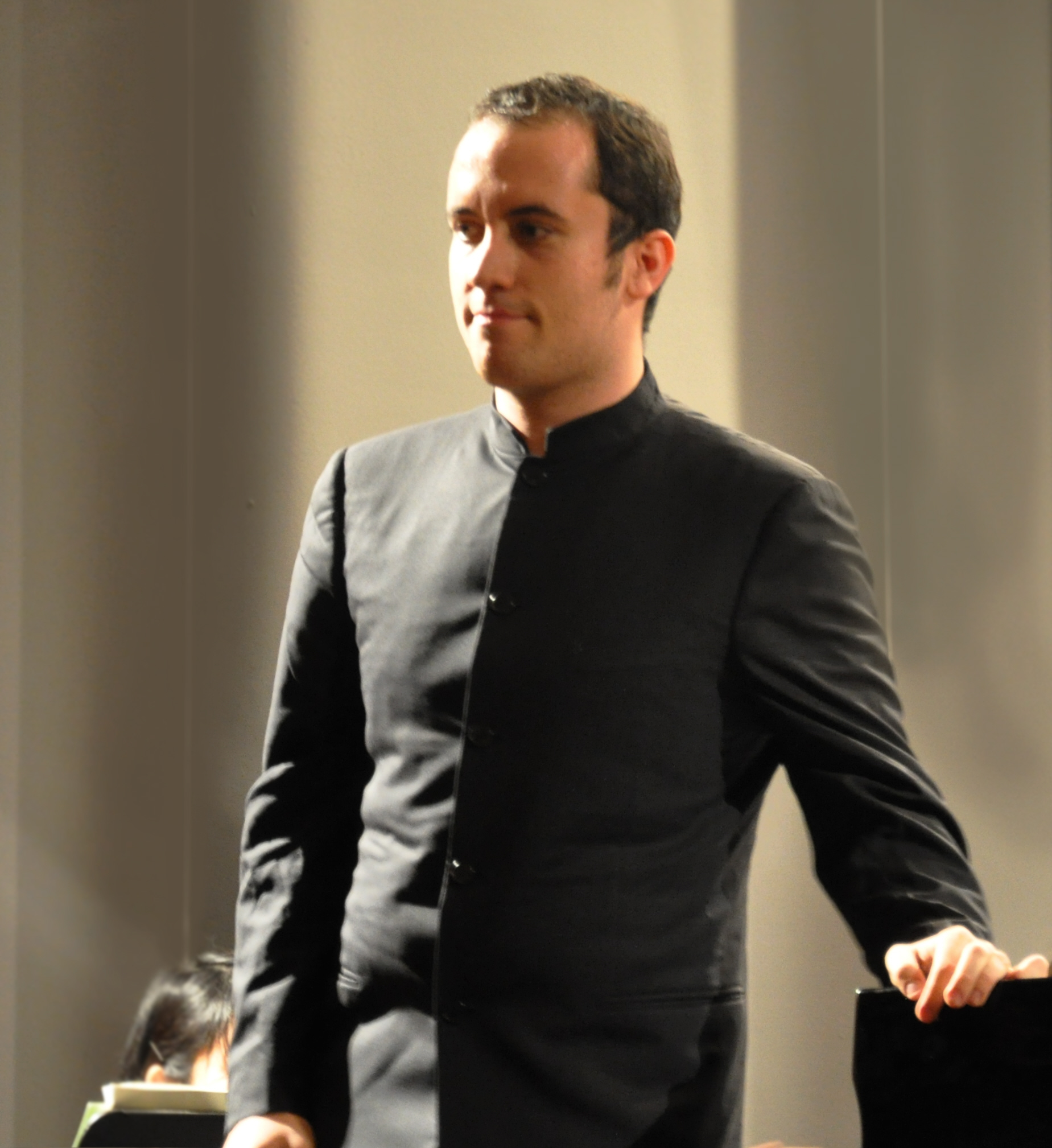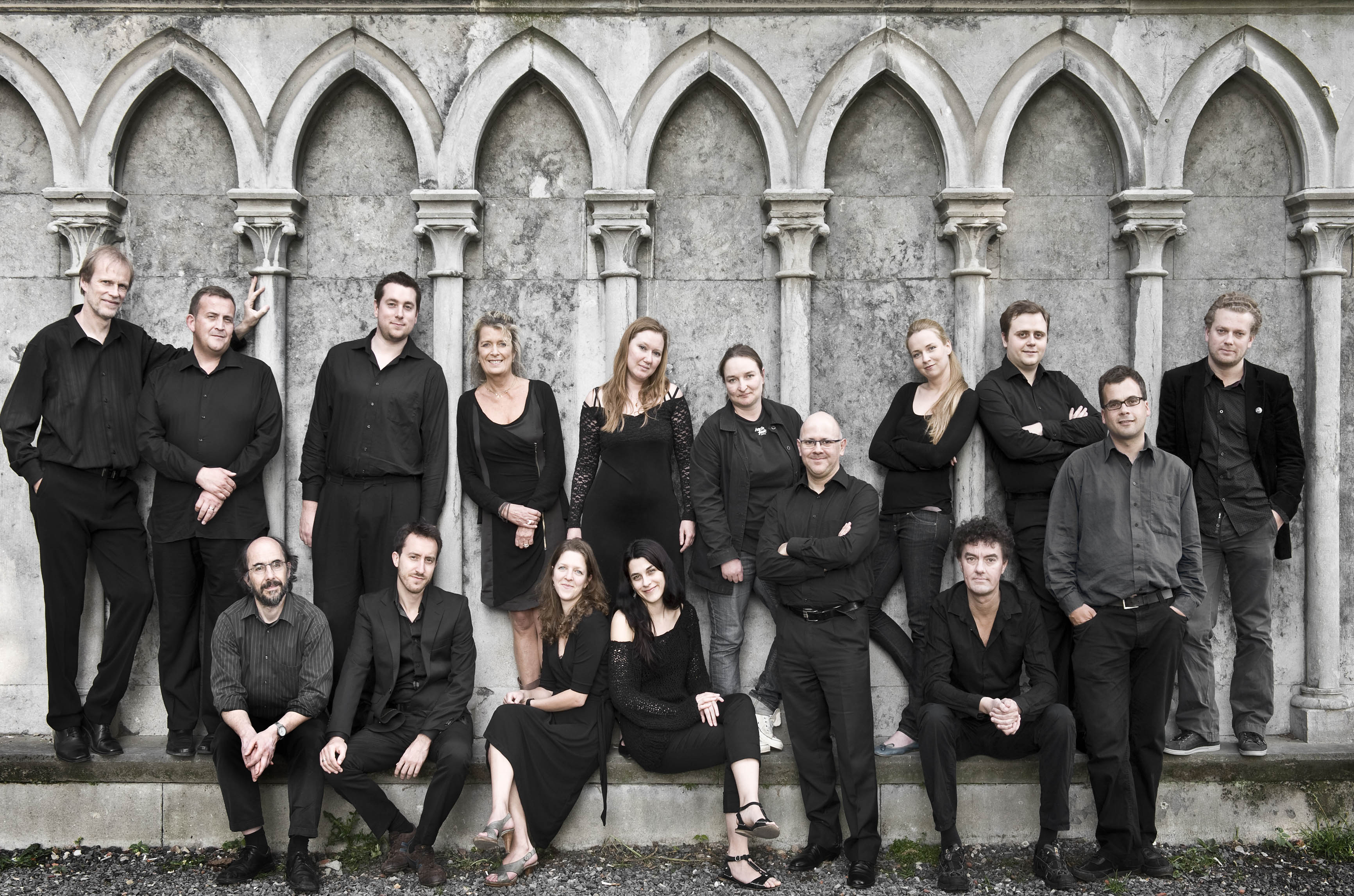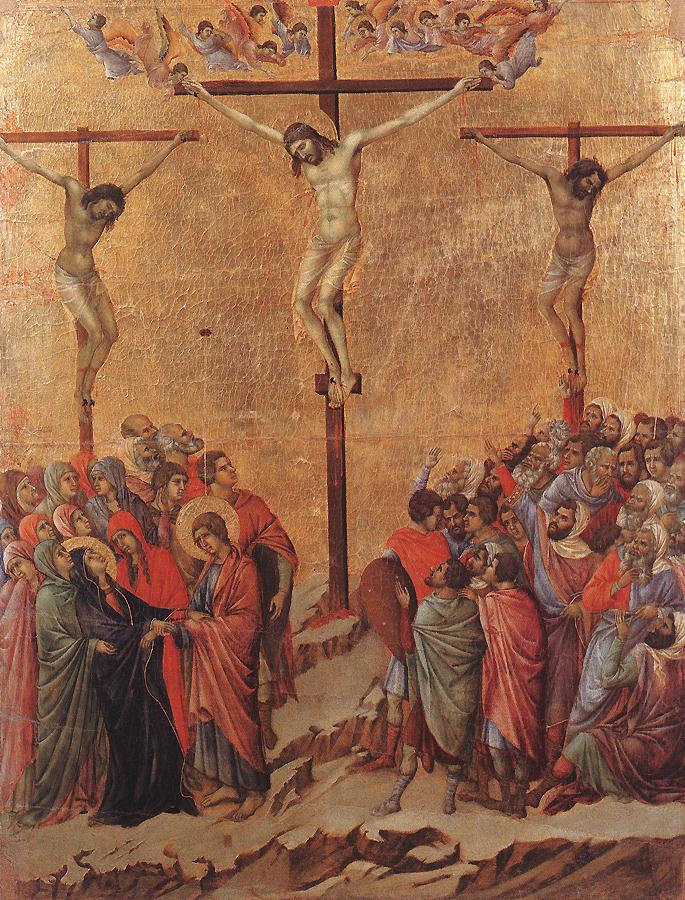
Igor Levit
Barbican Hall, 26th January 2020
Dmitri Shostakovich – 24 Preludes and Fugues, Op 87
If you going to be inspired by anyone to write a monumental piano piece than JS Bach is a good place to start, specifically his Well Tempered Clavier collection of 48 Preludes and Fugues. Like Bach DSCH created a purely musical structure, with no explicit or implicit narrative or meaning. Unlike Bach he did not adhere to a strict arrangement of parallel major/minors pairs ascending the chromatic scale, though all the keys of the scale are represented as both free-form prelude (like Chopin’s Op 28) and strucured fugue, and follow the logic of the circle of fifths (again like Chopin). However these vary in mood, pace, length and complexity, some barely a minute long, others like the rolling no 16 fugue (easily confused by me for a prelude) runs to 10 minutes, some, like fugue no 9 for just two voices, whilst no 13 is a dazzling five. DSCH refers to, and quotes from, JSB at various points (as well as other Baroque tropes) to amplify the debt, and, of course, this wouldn’t be DSCH if he didn’t quote himself at times.
The work was composed in winter 1950/51 after DSCH had attended a Bach musical festival in Leipzig where he judged the piano competition won by his compatriot the 26 yo Tatiana Nikolayeva. Inspired and impressed DSCH dedicated 24 P&F to her and she premiered the work publicly in Leningrad in 1952. Prior to this DSCH had to get it through the Union of Composers who predictably managed to find fault, thinking it glum and morbid, viewing the fugue as a Western, archaic form and objecting to the dissonance in many of the episodes. Still there was now only a year or so to go before Stalin died and the pressure on DSCH started to lift.
The benchmark recording, from Hyperion, is by Ms Nikolayeva herself, who, even after she was able to travel to the West, pretty much exclusively focussed on Bach and DSCH, with a bit of Beethoven thrown in. On fact it was the very last piece she played just before her death in 1992. She recorded the work in its entirety on three other occasions and others had since had a pop at it, Ashkenazy, Donohoe, Konstantin Scherbakov, even Keith Jarrett, but, because of its length, demands and style, many have also avoided it, or just recorded a selection (Richter and old Dmitri himself though plainly not because he hadn’t mastered it!). I had be looking to acquire the recent recording by Alexander Melnikov for whom I have an inordinate amount of time, but, after this astonishing interpretation from Igor Levit I might wait to see if he commits piano to recording studio.
There are those who diss DSCH’s P&F as just sketches for his larger scale works, yeah like which composer doesn’t have an overarching sound, or as just pastiche Bach. Plainly bollocks and maybe reflecting the fact that it hasn’t been oft recorded and requires a deal of effort and concentration from performer. Like I say the extracts I have heard Mr Melnikov play impressed but hearing the whole thing, near three hours even before a couple of intervals, was extraordinary. IL has a penchant for big, structured, piano works, Bach’s Goldberg Variations, Ronald Stevenson’s 80 minute uninterrupted Passacaglia on DSCH, yep dedicated to you know who, and I was confident from hearing his way with Beethoven that I would likely enjoy this. But even so I was massively surprised by just how much detail and emotion he brought out in the music, to se alongside its obvious intellect, power and character.
Mr Levit has a big fan club amongst those that know and it isn’t difficult to see why. Hunched over the keyboard, all coiled intensity, fingers flashing, pounding keys, limiting use of the pedals, (though the stage floor took a n occasional pounding) which made the polyphony at times even more remarkable, building and then resolving tension, the architecture of each P&F articulated but without losing sight of the details. From the tranquil C major opening through to the triumphant, with caveat, D major final pairing, I was knackered by the end so goodness how drained IL felt. It must have taken a few glasses of Margaux to come down from that.
I don’t hold with this standing ovation nonsense for anything seen on stage. This time though no question. For exceptional artistry as well as phenomenal stamina.








